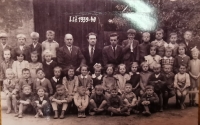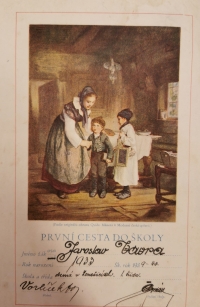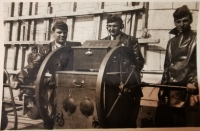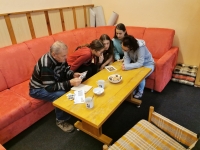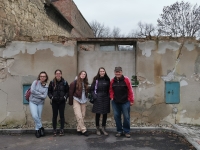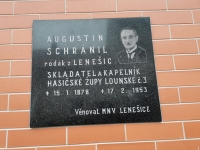He spent his childhood on the border of the Protectorate. He saw the victims of the death march and met a survivor of the Postoloprty massacre.
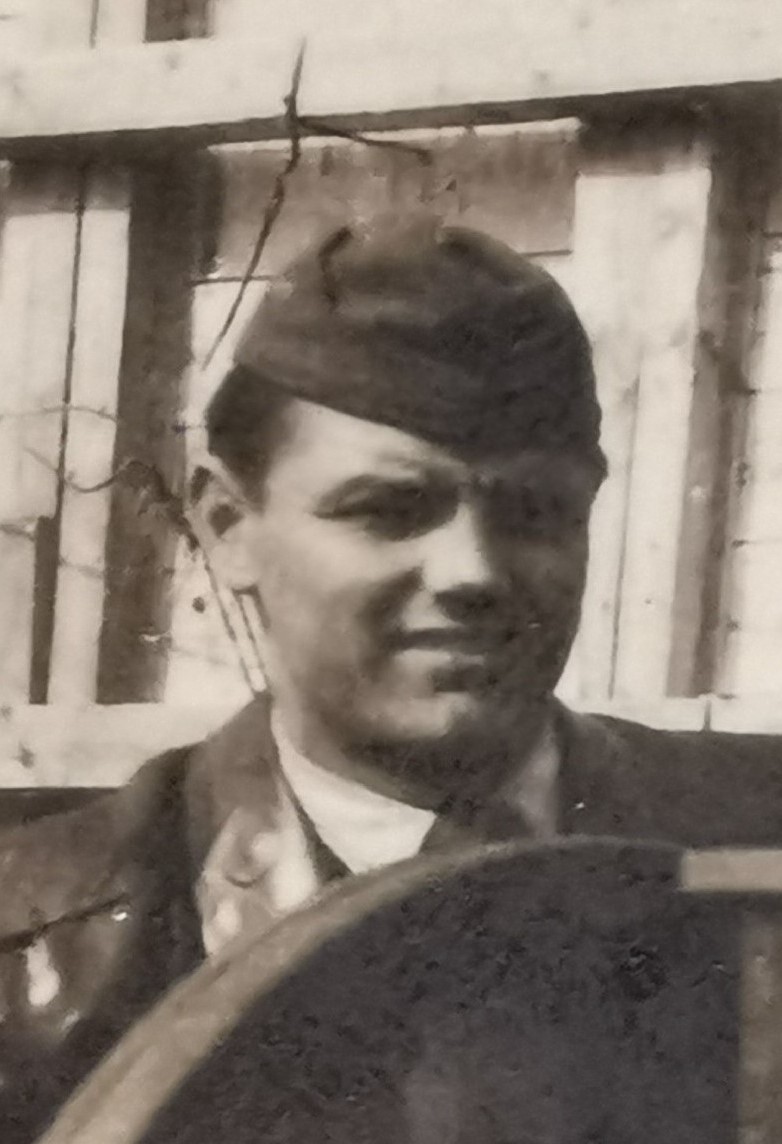
Download image
Jaroslav Vávra was born on 7 February 1933 in Louny, but he lived his whole life in Lenešice, where his parents had a small farm. After the occupation of the Sudetenland by the German Reich, Lenešice found itself on the borders of the Protectorate of Bohemia and Moravia, and the Vávra family rented a room in their house to a teacher who was forced to flee the Sudetenland. In April 1945, a death march passed through Lenešice. The Vávras lived next to the cemetery and Jaroslav Vávra watched the burial of the prisoners who were shot. He also witnessed the air raids of the depth pilots and the liberation of Lenešice by the Red Army. From the first grade he attended Sokol, and after the war he joined the restored Junák. After the burgher school he completed a one-year apprenticeship course and became a carpenter. In 1953 he joined the anti-aircraft artillery in Vysoké Mýto. He served first in the kitchen and later transferred to the railway army, where he completed a diving course. He laid cables on newly built dams or helped remove underwater obstacles. After the war, he started working for the Geological Survey, and after the Velvet Revolution he took up carpentry. For several decades he was a member of the tourist club in Louny. In 2022 he lived in Lenešice.
